Theban Mapping Project
There is evidence of human activity in northeastern Africa since the Middle Pleistocene Period. By the Middle and Upper Paleolithic, between 90,000 to 10,000 years ago, there was a gradual movement of hunter-gatherer populations into the prehistoric Nile Valley and the drying lake and savannah regions of the Eastern Sahara precipitated by climatic changes. Traces of these early peoples survive in the forms of stone tools and rock carvings on the higher terraces along the Nile (including the western Theban plateau) and in the oases. As the nomadic hunter-gatherers came to settle along the edges of the Nile Valley, a transition to a settled lifestyle dependent on agriculture took place.


Altar of the Augustan Peace, an iconic ancient Roman monument, stands as a testament to Augustus' vision of peace and prosperity for the Roman Empire, showcasing intricate reliefs and symbolizing an era of cultural and political transformation. Read more

The archaeological site of Hattusa, Anatolia's most significant archaeological sites, in Turkey unveils the captivating remnants of an ancient Hittite capital, offering a window into the sophisticated civilization that thrived in Anatolia over three millennia ago. Read more

The Buhen Fortress, strategically positioned along the Nile River in ancient Nubia, served as a significant Egyptian military installation, safeguarding trade routes and asserting control over the southern territories during the era of the New Kingdom. Read more
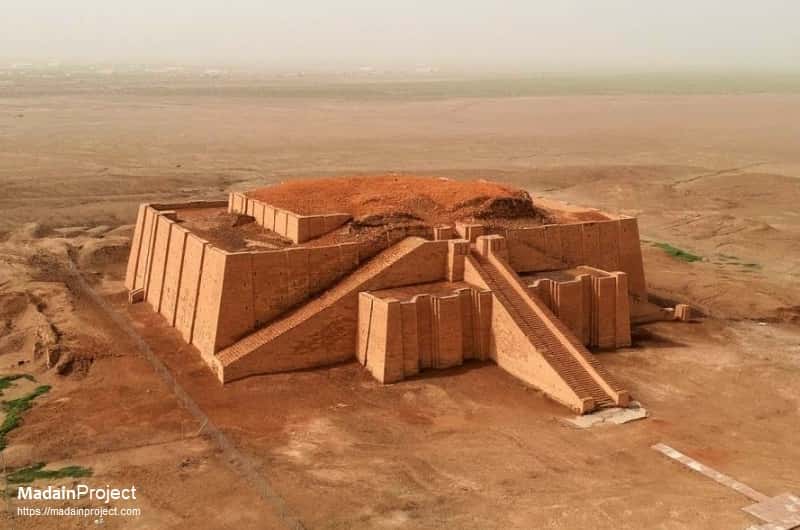
The Ziggurat of Ur, originally built during the Early Bronze Age, is a Neo-Sumerian ziggurat in what was the city of Ur near Nasiriyah, in present-day Dhi Qar Province, Iraq. Read more

The well known scene of the Asiatic nomadic traders who are sometimes considered Hyksos or at least their forerunners; from an ancient Egyptian Tomb. Read more
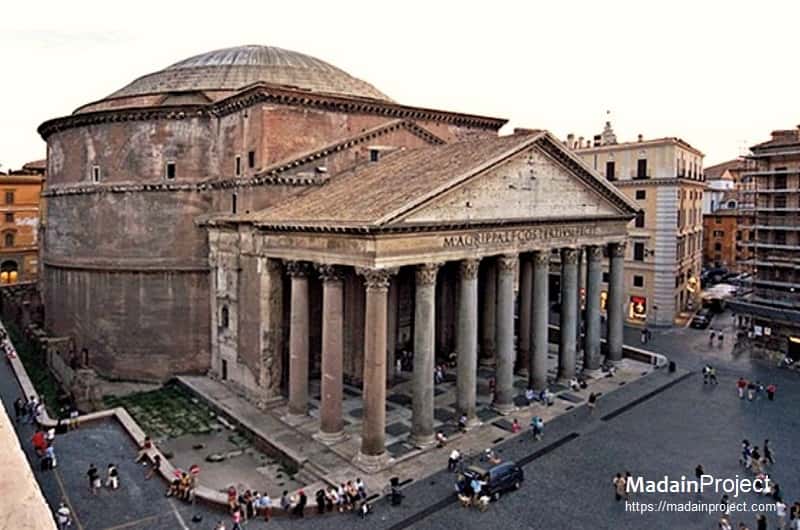
The Pantheon of Rome is one of the best-preserved of all Ancient Roman buildings, in large part because it has been in continuous use throughout its history. Read more

Parthenon, temple that dominates the hill of the Acropolis at Athens. It was built in the mid-5th century BCE and dedicated to the Greek goddess Athena Parthenos. Read more

Dating from the Nabataean Kingdom, first century CE, the site constitutes the Nabataean kingdom's southernmost and second largest city after Petra. Read more

Originally founded as a mosque by Fatima al-Fihri in 857–859 CE it subsequently became one of the leading spiritual and educational centers of the Islamic Golden Age. Read more

Once a thriving and sophisticated Roman city, Pompeii was buried under meters of ash and pumice after the catastrophic eruption of Mount Vesuvius in 79 CE. Read more
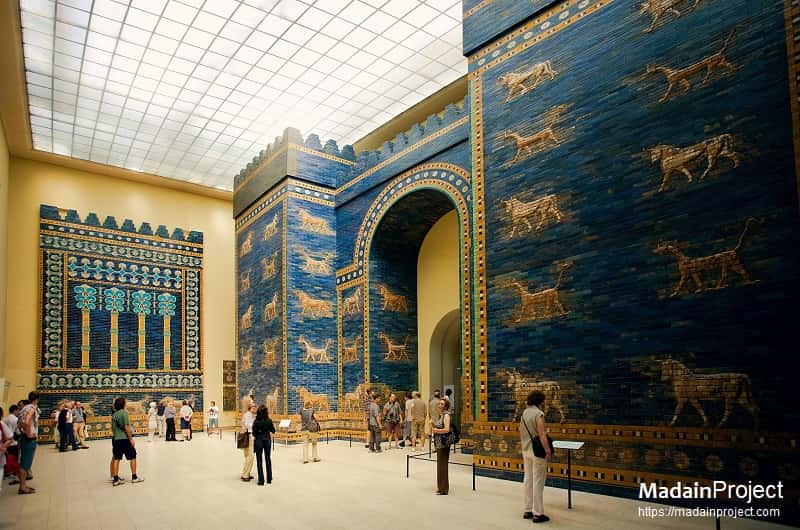
Built in 224 CE by King Ardashir I in the ancient city "Peroz" (lit. victorious) when he established the Sassanian Empire by overthrowing Ardavan. Read more

The round stone tower of Pre-pottery Neolithic A era Jericho was probably the world’s first stone building, its first public building, and its first work of monumental architecture. Read more

Once a thriving and sophisticated Roman city, Pompeii was buried under meters of ash and pumice after the catastrophic eruption of Mount Vesuvius in 79 CE. Read more

Built in 224 CE by King Ardashir I in the ancient city "Peroz" (lit. victorious) when he established the Sassanian Empire by overthrowing Ardavan. Read more
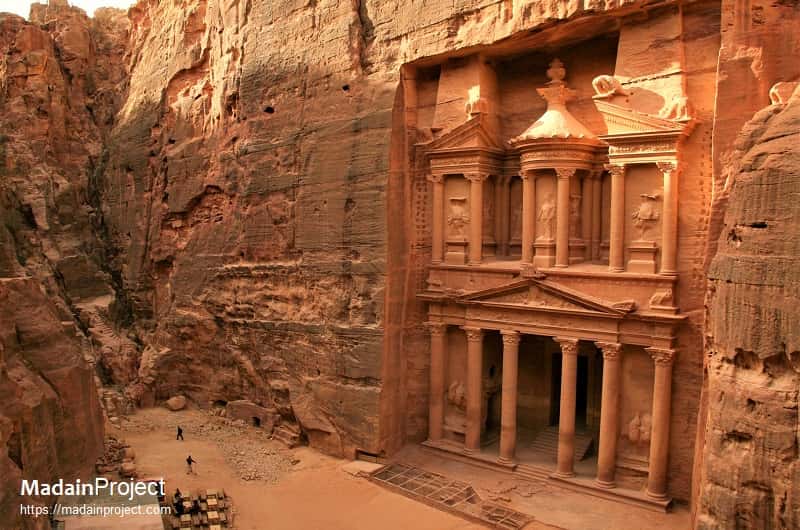
Believed to have been the mausoleum of the Nabatean King Aretas IV, it is one of the most elaborate temples in Petra, city of the Nabatean Kingdom. Read more

Facing directly from west to east the Great Sphinx of Giza, a limestone statue of a reclining sphinx, a mythical creature, stands on the Giza Plateau in Egypt. Read more

Mentioned 33 times in the Hebrew Bible, the ancient Beersheva is a significant center in the patriarchal narratives of the three major Abrahamic Faiths. Read more
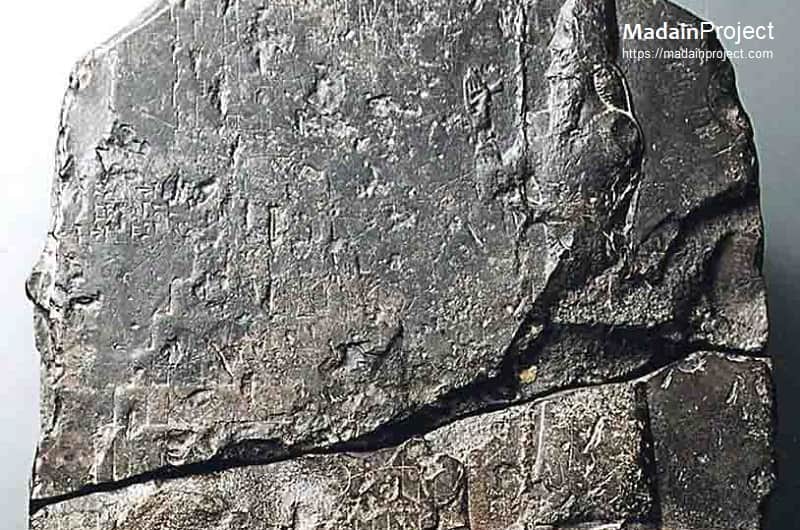
The Tower of Babel Stele, of which two of the original three parts are preserved, presents an image of the Etemenaki ziggurat contemporary with Nebachadnezzar. Read more

Archaeological site of Ubar, identified with the "Iram" an ancient city mentioned in the Quran, the city of the people of Ad to whom the prophet Hud was sent. Read more

To the north-west of the city center, the Temenos of Ur (E-gish-shir-gal), was an enclosed area which consisted of the religious and royal building structures. Read more

The valley contains at least 63 tombs, beginning with Thutmose I (or earlier, during the reign of Amenhotep I circa 1539 BCE) and ending with Ramesses X or XI (1075 BCE). Read more
Notable Pergamon Museum Exhibitions
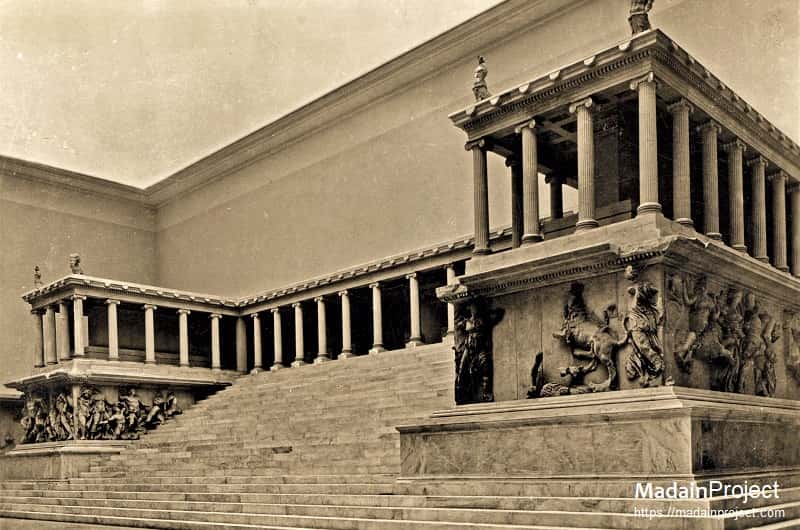
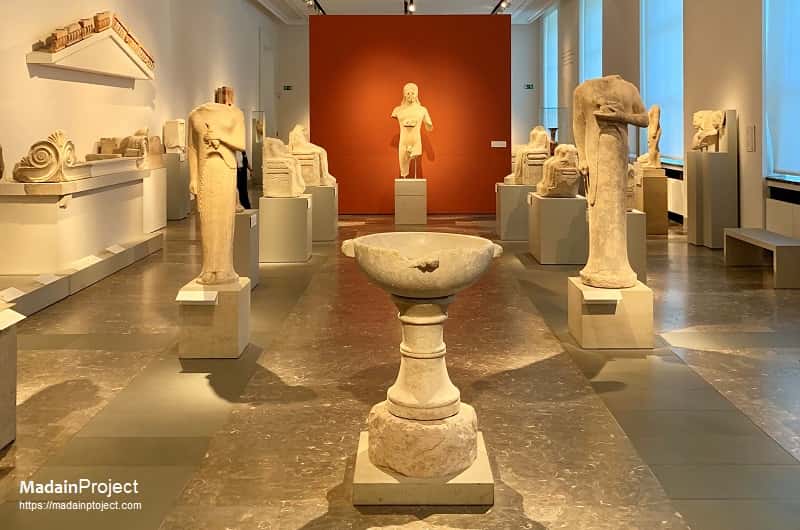
The Pergamonmuseum is home to three of the Staatliche Museen zu Berlin’s most impressive collections: the Antikensammlung, the Vorderasiatisches Museum, and the Museum für Islamische Kunst.
ExploreSignup for our monthly newsletter / online magazine.
No spam, we promise.